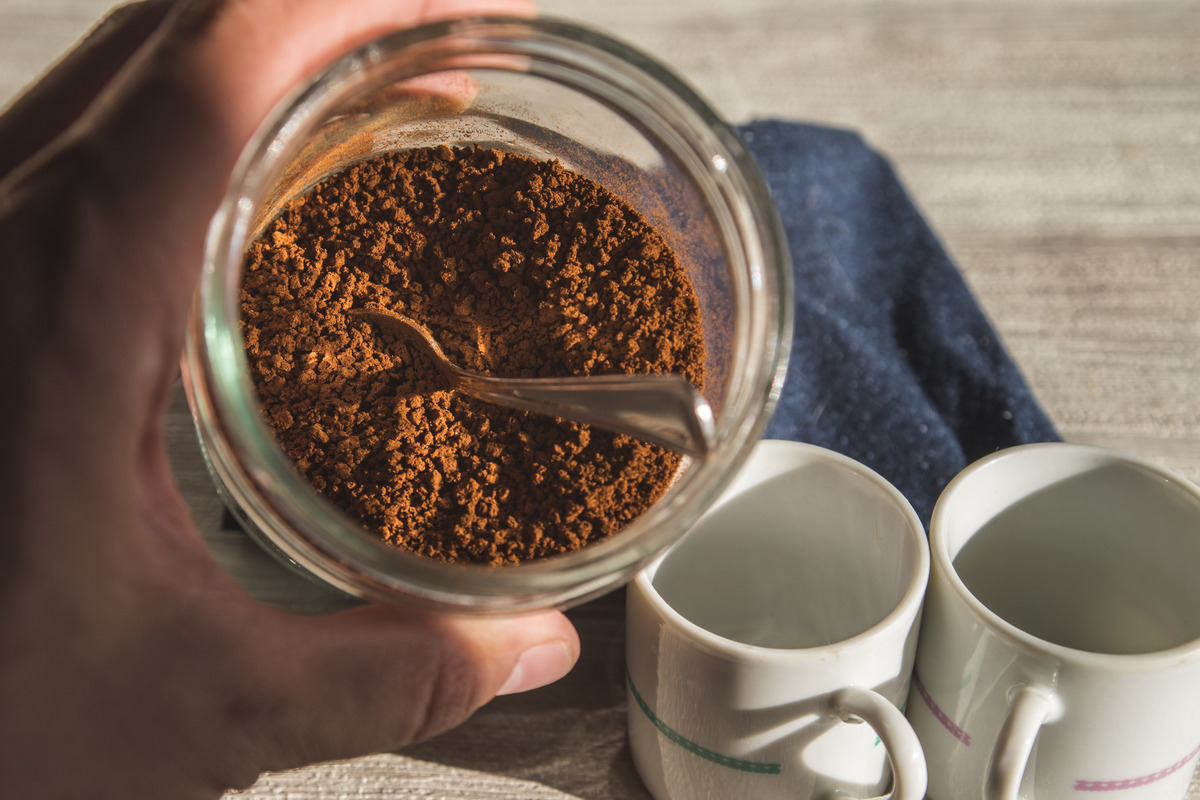From Beans to Instant: A Comprehensive Guide to Instant Coffee

From busy professionals to students on the go, the appeal of instant coffee lies in its quick and easy preparation, allowing coffee lovers to enjoy their favorite brew in a matter of moments. However, behind this instant gratification lies a complex journey that transforms humble coffee beans into the soluble powder we know as instant coffee. In this article, we will learn the intricacies of coffee production, exploring each stage of the process from bean to cup. By understanding the intricacies of instant coffee production, readers can gain a deeper appreciation for this beloved beverage and the craftsmanship that goes into its creation
Coffee Bean Processing
Coffee bean processing is a crucial stage in the production of instant coffee. Once harvested, coffee beans undergo a series of processing steps to prepare them for roasting. The processing method employed can significantly impact the flavor profile of the final product. Common processing methods include washing, natural, and honey processing. In the washing method, the outer pulp of the coffee cherry is removed before the beans are fermented and then washed to remove any remaining pulp.
In contrast, natural processing involves drying the whole coffee cherry with the beans inside, resulting in a fruitier flavor profile. Honey processing falls somewhere in between, where the outer skin is removed, but some mucilage is left on the beans during drying, imparting a distinct sweetness to the coffee. Each processing method contributes to the unique characteristics of the coffee beans used in instant coffee production.
Instant Coffee Production
Instant coffee production involves several key steps to transform beans into the soluble powder that consumers are familiar with. The process typically begins with the extraction of soluble coffee from roasted and ground beans using hot water. This concentrated coffee extract is then subjected to drying methods to remove moisture and create a powder. Two common drying methods used in instant coffee production are freeze-drying and spray-drying.
Freeze-drying involves freezing the concentrated coffee extract and then removing the ice through sublimation, resulting in a porous structure that allows for quick rehydration. On the other hand, spray-drying involves spraying the concentrated coffee extract into hot air, causing the water to evaporate rapidly and leaving behind fine coffee particles. After drying, the coffee powder is packaged to preserve its flavor and aroma until it reaches the consumer.
Quality Control and Flavor Enhancement
Quality control and flavor enhancement play vital roles in ensuring the consistency and appeal of instant coffee. Throughout the production process, rigorous quality control measures are implemented to monitor factors such as bean selection, extraction efficiency, and drying techniques. By maintaining strict quality standards, producers can ensure that each batch of powdered coffee meets the expectations of consumers in terms of taste, aroma, and solubility.
Additionally, flavor enhancement techniques may be employed to tailor the taste profile of powdered coffee to meet specific preferences or market demands. This can include blending different coffee varieties to achieve a desired flavor profile or adding natural or artificial flavorings to enhance the overall taste experience. Ultimately, the combination of quality control and flavor enhancement techniques contributes to the consistent quality and wide variety of instant coffee products available to consumers worldwide.
Packaging and Distribution
Packaging and distribution are crucial steps in bringing powdered coffee from production facilities to consumers’ cups. Once the instant coffee powder is produced, it undergoes careful packaging to ensure freshness and quality retention. Packaging materials may vary but commonly include airtight containers or sachets to protect the coffee from moisture and air exposure, which can degrade its flavor over time. Additionally, labeling and branding play a significant role in attracting consumers and conveying important information such as product origin, roast level, and flavor notes.
Following packaging, powdered coffee products are distributed through various channels to reach consumers worldwide. Distribution channels may include retail stores, supermarkets, online platforms, and coffee shops. Each channel plays a unique role in reaching different consumer segments and catering to their preferences and purchasing habits. From local grocery stores to international online retailers, instant coffee is readily available to meet the diverse needs of coffee enthusiasts everywhere.
Key Takeaway
This comprehensive guide has provided insight into the intricate process of transforming coffee beans into instant coffee. From the initial stages of bean processing to the final steps of packaging and distribution, each aspect contributes to the quality and appeal of the end product. By understanding the journey of instant coffee production, consumers can develop a deeper appreciation for the craftsmanship and attention to detail that goes into creating their favorite beverage.
With its convenience, versatility, and wide range of flavors, instant coffee remains a popular choice for coffee enthusiasts around the globe. As technology and consumer preferences evolve, the future of instant coffee production is sure to bring forth innovations while maintaining the rich tradition of this beloved beverage.



